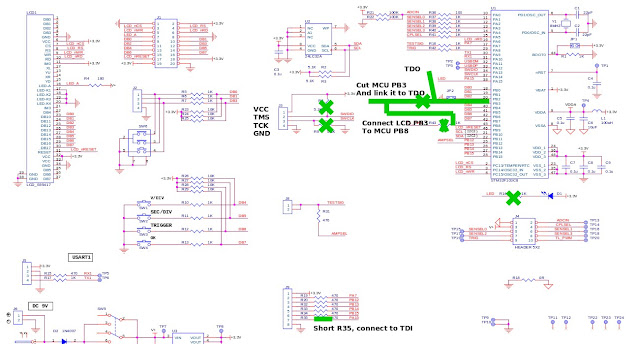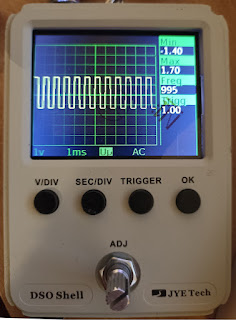Pre Release : lnDSO150 alpha

Time to start playing with the new DSO150 firmware: lnDSO150 v2 alpha Be careful of the following : * If you dont have the rotary encoder mod, the rotary encode will not work * If you upgrade from a stock firmware, make sure the watchdog is disabled * Sometimes, storing the calibration values will fail. Just retry, it will work * Trigger on both edge does not really work The source code can be compiled to work the same way on STM32F103, GD32F303 and GD32VF103 Github page


